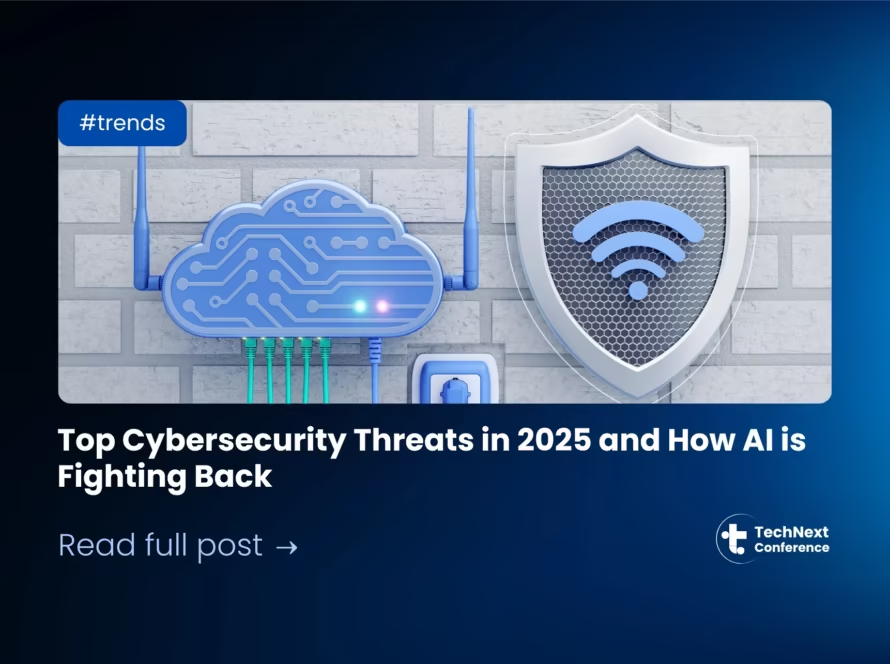In the digital-first era, the word cybersecurity is making headlines once more — and for good reason. With cyberattacks growing in sophistication and frequency, organizations across the globe are realizing that cybersecurity isn’t just an IT issue; it’s a business imperative. From AI-driven threats to data privacy regulations, the cybersecurity landscape is evolving rapidly, and 2025 is shaping up to be a defining year.
1. The Resurgence of Cybersecurity Awareness
Over the past few years, digital transformation has accelerated across every sector — from finance to healthcare. While this growth has unlocked new efficiencies, it’s also exposed businesses to unprecedented cyber risks. As major breaches make global news, companies are refocusing their strategies on robust cybersecurity frameworks.
This renewed attention stems from one key realization: a single breach can damage years of reputation and trust. Boards are now prioritizing cybersecurity investment as an essential part of business continuity planning.
2. AI: A Double-Edged Sword
Artificial intelligence is reshaping both sides of the cybersecurity battlefield. On one hand, AI-driven systems can detect anomalies, predict threats, and automate response mechanisms faster than ever. On the other, cybercriminals are using AI to develop more sophisticated phishing attacks, malware, and social engineering campaigns.
The rise of generative AI has made deepfakes and automated scams more convincing — prompting companies to strengthen their defenses with AI-powered monitoring tools and zero-trust frameworks.
3. The Shift to Zero Trust Architecture
The traditional “trust but verify” model no longer works in a world where data moves across devices, networks, and geographies. The zero trust approach — which assumes that no user or system is inherently trustworthy — is becoming the new standard.
Organizations adopting zero trust frameworks are continuously verifying identities, encrypting communications, and limiting access based on user behavior and context. This proactive stance significantly reduces the attack surface and minimizes internal risks.
4. Cloud Security Takes Center Stage
As businesses continue their migration to cloud-based systems, cloud security is becoming a primary concern. Misconfigurations, weak access controls, and third-party vulnerabilities are some of the top causes of cloud breaches.
Companies are now investing in cloud-native security solutions that provide real-time visibility, compliance management, and automated threat detection across multi-cloud environments.
5. The Human Factor in Cyber Defense
Despite technological advancements, human error remains one of the biggest vulnerabilities in cybersecurity. Phishing scams, weak passwords, and misconfigured systems often open the door to cyberattacks.
To counter this, organizations are emphasizing cybersecurity training for employees, fostering a culture of awareness, and implementing robust identity and access management (IAM) solutions.
6. Growing Importance of Data Privacy and Compliance
With global regulations such as the GDPR, CCPA, and India’s Digital Personal Data Protection Act gaining traction, businesses must now balance data accessibility with privacy protection.
Compliance is no longer just a legal requirement — it’s a trust factor for customers. Transparent data handling and encryption practices are becoming essential differentiators for companies aiming to build customer loyalty.
7. Cyber Resilience Over Cyber Defense
Cybersecurity is no longer just about preventing attacks but also about recovering from them quickly. The focus is shifting towards cyber resilience — a strategy that combines prevention, detection, response, and recovery.
Businesses are investing in incident response planning, backup systems, and disaster recovery solutions to ensure operational continuity even after a breach.
Final Thoughts
The renewed spotlight on cybersecurity isn’t just a trend — it’s a reflection of our interconnected world. As digital ecosystems grow more complex, the need for robust cybersecurity measures becomes paramount.
In 2025 and beyond, businesses that treat cybersecurity as a strategic priority — not a checkbox — will be the ones to thrive in the digital economy.



